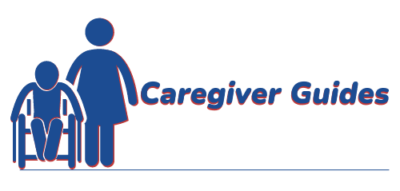
In general, walking (or, Ambulation) is a safe and essential form of exercise for seniors. A regular walking program can improve the overall mobility and functional ability in the elderly, making it easier to perform their ADLs, and maintain their independence in the home. Walking can also strengthen the muscles of the legs and body that are used in other functional movements, such as bending, reaching, and lifting, which make them easier to do. And, it’s so simple that you can easily incorporate it into a daily routine. But, for those beginners, it’s important to start slowly and gradually increase the intensity and/or distance of the walk to avoid injury.
There are several obvious benefits to a regular walking program. Let’s take a look at some of them.
Low-impact: Walking is a low-impact exercise that is easy on the joints, making it a good option for seniors who may have arthritis or other joint issues. This category of exercises are generally safer and have a lower risk of injury when you compare them to more high impact exercises like running or jogging. This is particularly important for seniors who may have joint problems, joint replacements, severe arthritis, or other medical conditions that can make exercise more challenging.
Improves cardiovascular health: Walking can help improve cardiovascular health by strengthening the heart and lungs, reducing the risk of heart disease, stroke, and other related conditions.
Walking is a form of aerobic exercise, meaning it increases your heart rate and breathing, or respiration rate. This allows the heart and lungs to work harder to deliver more oxygen to your muscles. This increased demand for oxygen and nutrients helps to strengthen the heart and improve its overall function.
As we said, when you’re walking, as your heart rate increases, it actually causes your heart muscle to contract more forcefully and efficiently. Over time, this increased demand on the heart muscle can help to strengthen it, making it more efficient at pumping blood throughout the body.
Builds muscle strength: Walking can help build muscle strength in the legs, hips, and core, which can improve balance, stability, and overall mobility.
Walking is what’s called a “weight-bearing” exercise. This means that when you’re walking your muscles and bones work to keep your body weight upright against gravity. This resistance helps strengthen your muscles and bones over time.
When you’re walking, your leg, hip, and core, muscles are all engaged to move you forward while keeping you upright at the same time. This overall repetitive movement also strengthens your muscles, making them more resilient and better able to perform daily activities.
Boosts mood and mental health: Walking can help boost mood and reduce symptoms of depression and anxiety, as well as improve cognitive function and memory. Like any form of exercise, continuous walking releases substances in your brain called endorphins. Endorphins are natural chemicals that work to improve your mood while reducing feelings of stress and anxiety. Particularly when you walk outdoors, it can be particularly effective at reducing stress. People may not think much of it but it allows you to connect with nature and get fresh air and sunlight.
Science has also found that regular walking can help to improve self-esteem by giving you a sense of accomplishment and satisfaction as you finish with a physical challenge. But this just doesn’t happen on the individual basis because walking with others or in a group provides a sense of community and social connection with others improving the mood of all and combating the sense of loneliness.
Improves cognitive function: Walking has been shown to improve cognitive function in the elderly. This includes memory, attention, and decision-making. All of which can have a positive effect on the mood of seniors. Engaging in continuous activity like walking also increases blood flow to the brain, stimulating the growth of connections within your brain, helping to improve cognitive functioning and reducing the risk of decline as you age.
In summary, walking is a simple and effective way that you can use to improve cognitive function and physical ability in the elderly. By incorporating a regular walking program into the daily routine, seniors can do a lot to help maintain their mental abilities and reduce the risk of decline and even dementia.

Bryan Williams
Physical Therapist
is a licensed therapist with near 30 years of professional experience treating a diverse patient population in a multitude of settings. With simple strategies, he educates and empowers his clients with simple strategies to help them move better and with less pain.
